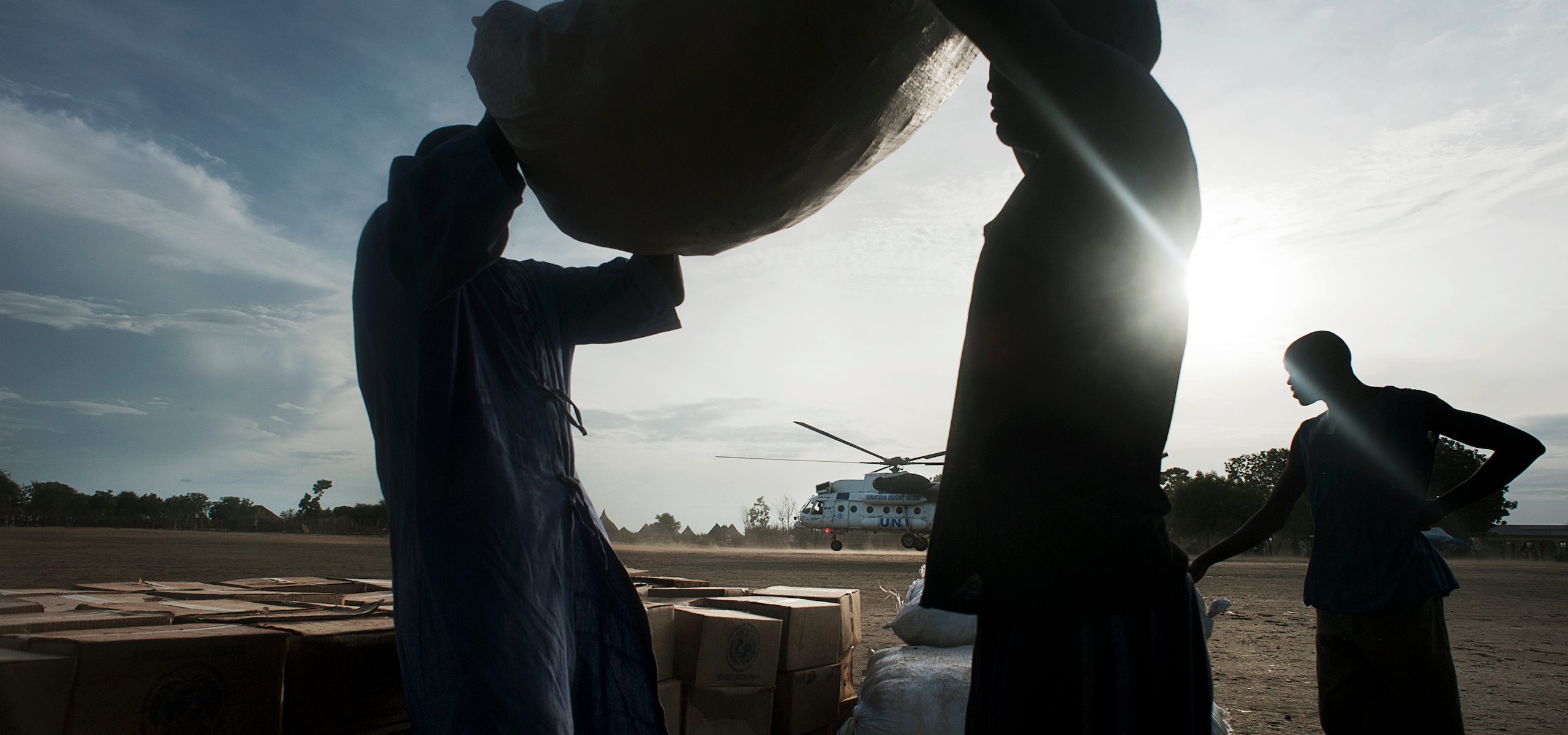Response and Recovery Planning
Improving humanitarian response and recovery planning through environmental mainstreaming

Improving humanitarian response and recovery planning through environmental mainstreaming
How to include environmental concerns in response plans for protracted crises response and recovery
How to include environmental concerns in response plans for sudden onset crisis response and recovery